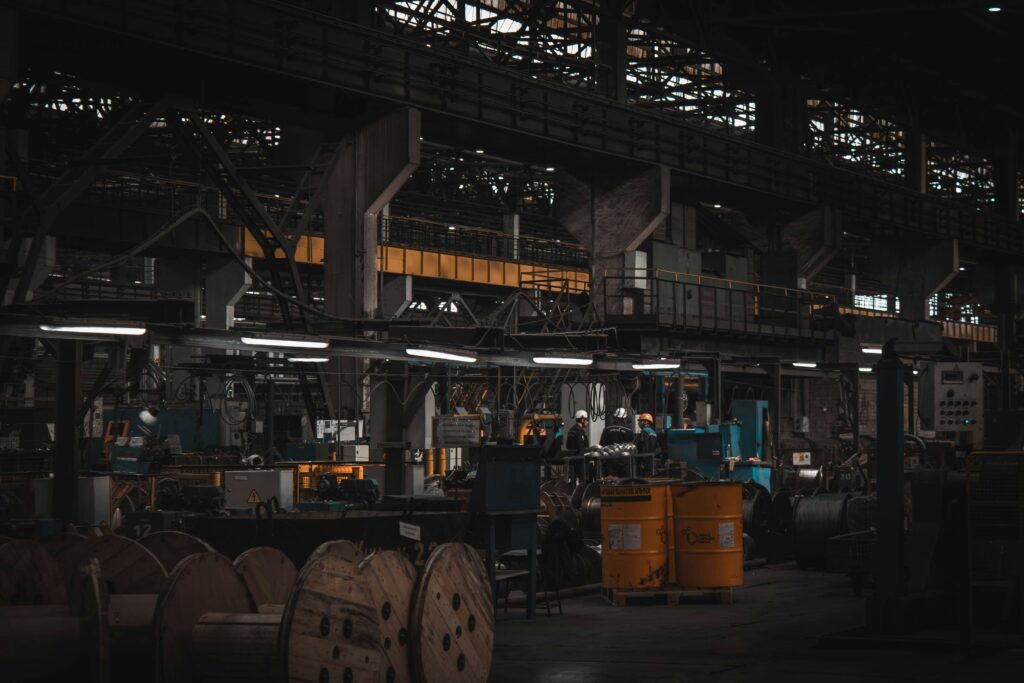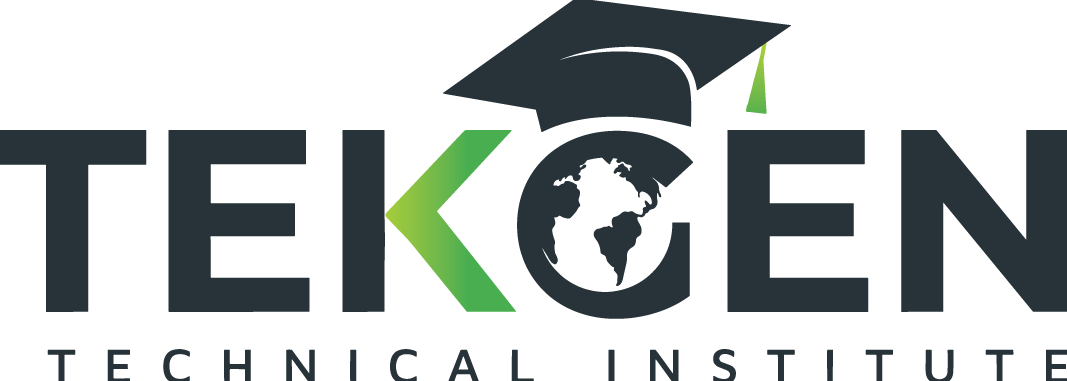Industry-Specific Manual Handling Risks and Solutions
Introduction
Manual handling risks vary greatly depending on the industry. A construction worker faces different hazards than a nurse or a warehouse employee, which means that one-size-fits-all safety solutions are not effective across all sectors. To ensure effective workplace safety, employers must address industry-specific manual handling risks and implement tailored solutions that account for the unique challenges workers face in each field. By focusing on the specific needs of each industry, companies can ensure safer practices, prevent injuries, and improve overall productivity.
Construction Industry
Risks:
Heavy loads such as equipment, materials, and tools are frequently lifted and moved manually.
Awkward lifting positions, often while working from heights or in confined spaces.
Uneven ground and slippery surfaces increase the risk of falls and strain.
Solutions:
Cranes, hoists, and mechanical lifts should be used to lift and move heavy materials, minimizing the need for workers to manually lift large loads.
Wheelbarrows, trolleys, and dollies can help move materials across uneven ground, reducing the strain on workers.
Team lifts should be encouraged, particularly when working with large or bulky objects, ensuring that the load is shared and the strain is minimized.
Ground stability should be ensured by regularly checking for hazards such as loose soil or uneven surfaces to prevent accidents.
Personal Protective Equipment (PPE) like back support belts and safety shoes should also be used to further reduce risks.
Healthcare Industry
Risks:
Lifting or supporting patients, especially those with limited mobility or weight, is one of the most common risks in healthcare settings.
Moving heavy medical equipment such as beds, wheelchairs, or diagnostic machines can lead to injuries from lifting or pushing.
Infection risks when handling waste or contaminated materials can also be a concern for healthcare workers.
Solutions:
Hoists and patient handling aids are essential to safely lift and move patients, particularly in hospitals and nursing homes. These aids reduce strain on healthcare workers and ensure the safety of both the patient and the staff member.
Training in safe patient handling techniques should be provided to ensure staff are properly equipped to lift and support patients without risking injury. This includes proper body mechanics and the use of assistive devices.
Mechanical lifting aids (e.g., patient lifts, sliding sheets) should be incorporated into patient handling protocols.
Ergonomic designs for healthcare environments (e.g., adjustable beds and chairs) should be used to reduce physical strain on healthcare providers.
Warehousing & Logistics
Risks:
Repetitive lifting of boxes, packages, and materials.
Stacking items on shelves at various heights.
Pushing or pulling heavy trolleys or carts, often over long distances.
Solutions:
Conveyors and automated material handling systems should be used to move items around the warehouse, reducing the need for manual lifting.
Forklifts and pallet jacks should be employed to handle heavy items, especially those stacked high on shelves.
Task rotation helps to minimize the risks of repetitive strain injuries (RSIs) by rotating workers through different tasks and positions throughout the day.
Lifting aids such as ergonomic carts or trolleys should be provided to workers to make the handling of goods safer and easier.
Ergonomically designed workspaces with adjustable shelves or lifting tables can reduce awkward postures and improve worker comfort.
Office Environments
Risks:
Moving office furniture (e.g., desks, chairs, filing cabinets).
Carrying heavy files or printers, which may cause strain or injury.
Solutions:
Encourage employees to ask for help when moving heavy objects to avoid personal injury.
Provide trolleys, carts, or furniture movers for staff to use when relocating office equipment.
Train employees on proper lifting techniques for smaller objects, such as files or equipment.
Ergonomically designed office furniture (e.g., adjustable desks, chairs, and file cabinets) can help reduce the need for manual handling tasks.
Ensure that proper lifting techniques are applied, even for lighter office items, to prevent strain.
Why Industry-Specific Training Matters
Each workplace has unique challenges and risks related to manual handling. Simply offering generic training is often insufficient. Customized manual handling training ensures that workers are properly equipped to deal with their specific tasks safely. For example, training for healthcare workers should focus on lifting patients and using medical equipment, while training for warehouse employees should cover lifting, stacking, and moving large packages efficiently and safely. Tailoring training programs to industry needs enhances safety, reduces the risk of injury, and ensures workers are aware of the tools and techniques they need for their specific environment.
Training also builds worker confidence and promotes a culture of safety that extends across all roles and tasks. When workers feel confident in their abilities and the tools they are given, they are more likely to follow proper procedures and stay engaged in maintaining a safe environment.
Conclusion
No single approach works for all industries. By understanding the specific risks in construction, healthcare, warehousing, and office environments, employers can create safer work environments, reduce injuries, and boost productivity.
Industry-specific manual handling solutions are essential for ensuring that workers are adequately supported, minimizing physical strain, and maximizing efficiency. Employers who invest in tailored safety programs not only improve worker health and safety but also enhance overall operational efficiency and reduce costs associated with injury claims and absenteeism.
Creating a customized approach to manual handling safety benefits both the workforce and the business as a whole, ensuring a healthier, more productive, and safer workplace for all.


